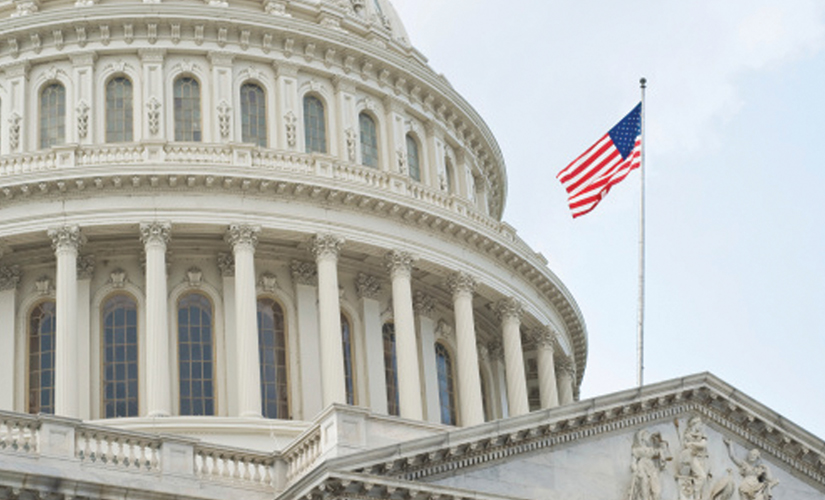SASC Subcommittee on Personnel Hearing on “Future Cyber Workforce of the Department of Defense and the Military Services.”

Modernization is a vital priority for all aspects of defense. One of the areas that need to modernize to meet the challenges presented by adversaries such as China is the defense industry workforce, a critical component of the defense industrial base (DIB). The current cyber workforce is having trouble recruiting and retaining personnel and is lagging in Science, Technology, Engineering, and Mathematics (STEM) education. The United States must modernize its cyber workforce to continue to lead the way and combat future threats.
On April 21st, 2021, the Senate Armed Services Subcommittee on Personnel held a hearing to address the future cyber workforce of the department of defense and the military services. Witnesses for the hearing were Lieutenant General Dennis Crall, Director, Command, Control Communications and Computers/Cyber and Chief Information Officer, Joint Staff, J6; Mr. Leonard Litton, Acting Deputy Assistant Secretary For Defense For Military Personnel; Ms. Veronica Hinton, Acting Deputy Assistant Secretary For Defense For Civilian Personnel Policy, Mr. John Sherman, Acting Department Of Defense Chief Information Officer.
To effectively modernize the cyber workforce, the right talent must be trained, recruited, and retained. The ability to work remotely and securely is a big priority to attract the necessary talent and will assist in building a diverse defense community—one of the more sustainable factors to recruit talent towards government jobs. The Department of Defense presents unique challenges and opportunities not present in other positions.
Cyber scholarships and ROTC programs can attract talent and fill skills gaps within the Department of Defense. These programs support talent that can be placed immediately into the corporate world; they will come with security clearances, background, training for the years, and relevant internships. Several schools have started scholarship programs to attract talent through partnerships with the National Center of Academic Excellence in Cyber Security. Senior military colleges, such as The Citadel and Texas A&M, have received approximately $1.5 million of federal funds to establish cyber institutes on their campuses.
Retaining an educated cyber force is one of the goals of the Federal CIO Council. The Council has developed a cyber pathways tool to illustrate what a career path could look like to a cyber professional within the Department of Defense. To modernize effectively, specific civilian roles may only work for the DoD for three to four years before going back to a job in the industry. Clarity to a career path within the government will develop the civilian-military hybrid workforce necessary to a robust defense workforce. This hybrid workforce will be critical to enhance our machine learning, artificial intelligence, operations cloud-based environment, and a reformed network to give the United States a tactical edge in the evolving cyber battlespace.
Like Congress and DoD, the National Defense Industrial Association is working to address the issues within the defense workforce. The Strategy and Policy team has started the Defense Workforce Project (DWP). The DWP comprises working groups to analyze the workforce’s vulnerabilities and bring related policy recommendations to government and industry leaders. Each year’s effort will be showcased at an annual Defense Workforce Summit. The vision of DWP is a robust, ready, and cleared defense workforce for 2040, capable of equipping our nation’s warfighters to face both impending and unforeseen challenges.
The Legislative team at NDIA worked diligently with Representatives Jason Crow (D-CO), Troy Balderson (R-OH), and their respective staff to establish the Defense Workforce, Innovation, and Industry Caucus (DWIIC). The caucus focuses on covering the defense industry. Specifically, the caucus will serve as an open line of communication to lawmakers for issues such as supply chain resiliency, defense workforce, R&D, onshoring, cybersecurity, and any other challenges concerning the DIB. The caucus was rolled out on March 4th and featured a briefing on NDIA’s 2021 Vital Signs report.
For more on the efforts of NDIA’s Strategy & Policy team, you can join the conversation on NDIA Connect or follow the team on Twitter @NDIAPolicy.
Topics: Workforce


Comments (0)